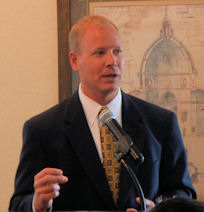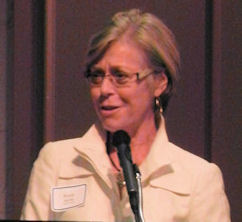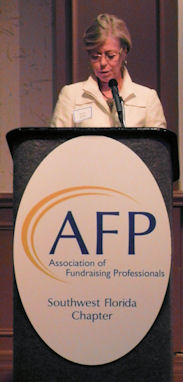 Not infrequently fundraisers want to talk to me about finding major gift prospects who are outside of the donor database. Often they have been asking the same group of donors and need to expand their reach.
Not infrequently fundraisers want to talk to me about finding major gift prospects who are outside of the donor database. Often they have been asking the same group of donors and need to expand their reach.
Too frequently I find out that they have not screened or mined their own donor database for good prospects! Screenings come with a price tag that can be hefty for some and getting management to invest often requires some educated persuasion.
Consider the following plan for jump-starting your fundraising confidence and creating results you can demonstrate to management.
Phase One
- Pull a list of your top lifetime donors and start calling and visiting to thank them
- They will be mucho flattered because many will not be wealthy and the lifetime giving will be a significant number. They all make great planned giving prospects
- Pull a list of your one or two-year lapsed donors by lifetime giving and largest gift
- Schedule visits with any excuse: wanted to recognize your lifetime contributions with a chatke; wanted you to meet our new CEO; wanted to thank you and tell you about new initiatives you made possible.
- Consider asking your gift entry/database administrator to make some thank you calls to top-end annual fund donors
- Pick a list of people similar to your employee to make it easy to relate
- Already too busy? Make one phone call a day
- Success in a new task is invigorating! Expect your employee grow
Phase Two
Do not just pull lists…
Pick a concrete time-period – say three months – and blitz call and visit. Every. Single. Day. Especially if you haven’t done much visiting in the past! You will have friendly, feel-good visits that will build your confidence and reward your donors with the stewardship they so deserve. Any excuse for calling will do, but sincerely thanking, recognizing and telling them what their gifts have accomplished is numero uno.
Phase Three
After the designated time period, stop and evaluate. This is important. You will be amazed what your donors tell you and you will be better able to strategize your future efforts. This is where you begin rating which prospects are likely to make major gifts and you will now know how to better recognize them in your database. Check out the Aspire Research Group paper on creating a moves management system.
Looking for customized help with your donor lists? Contact Aspire Research Group today!
Work smarter, not harder. Because you’ll have your major gift mojo of course!









